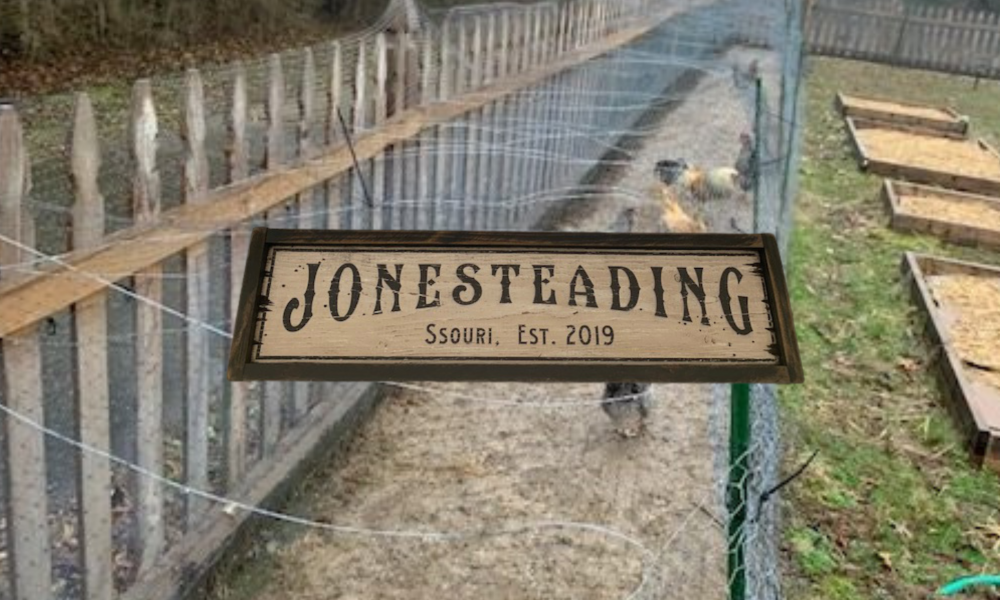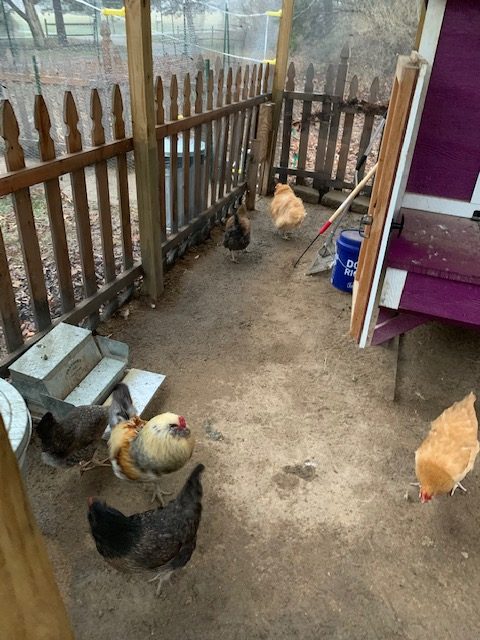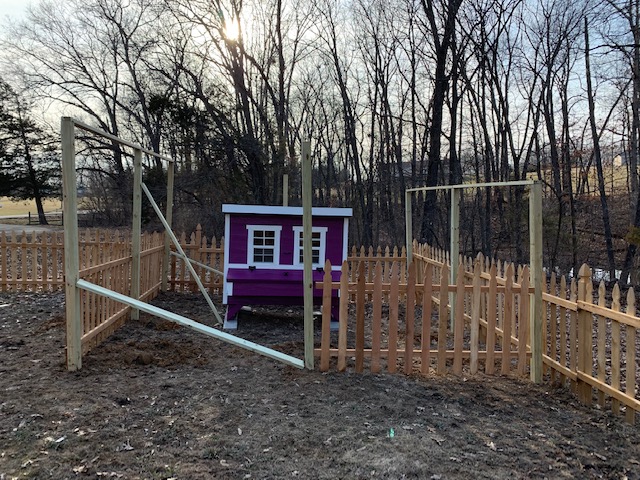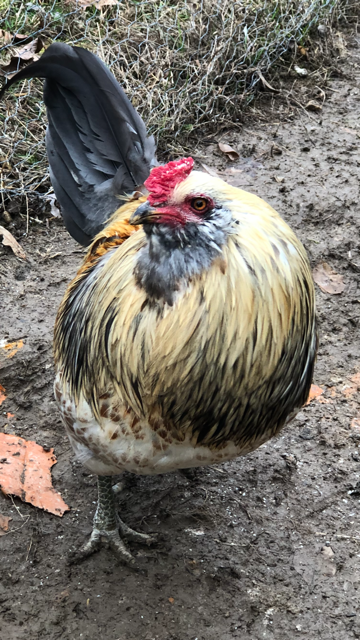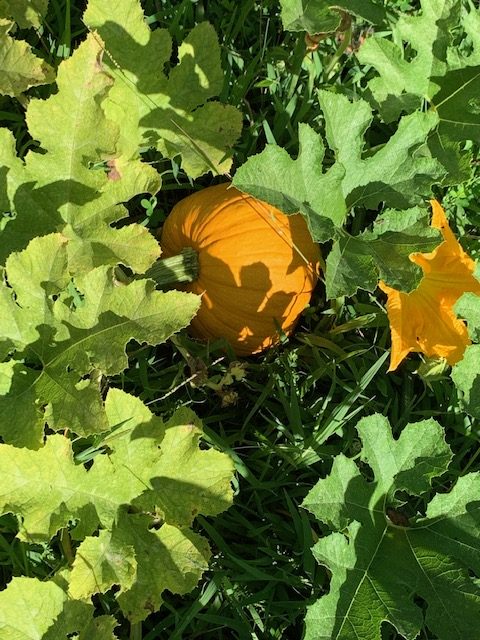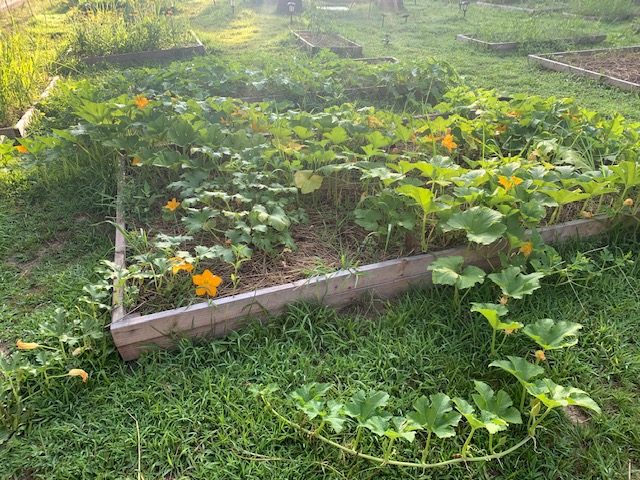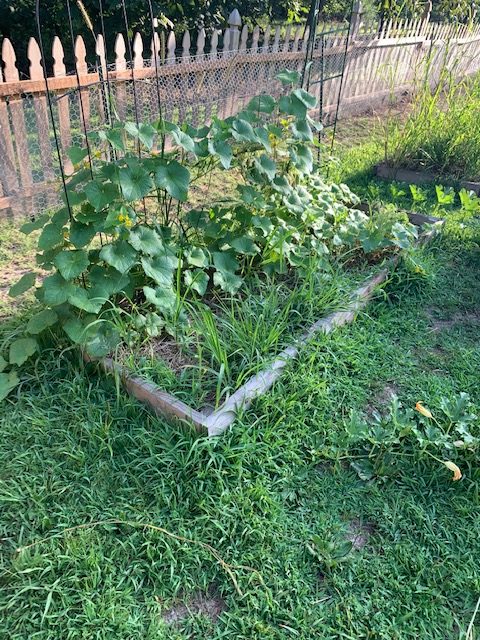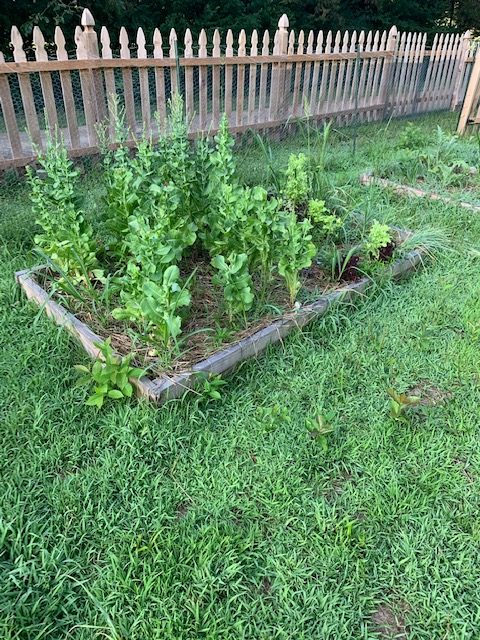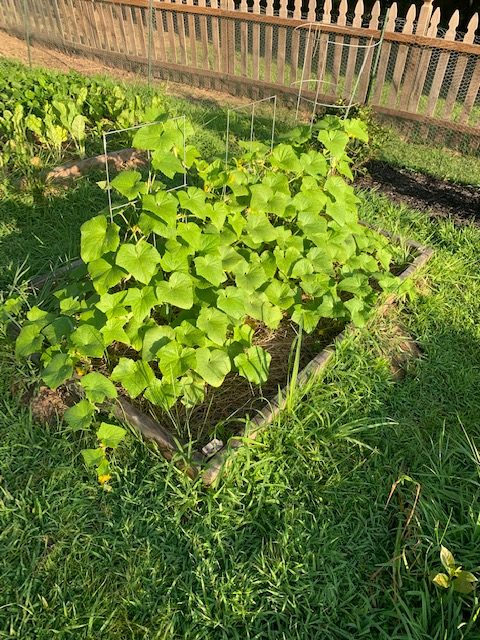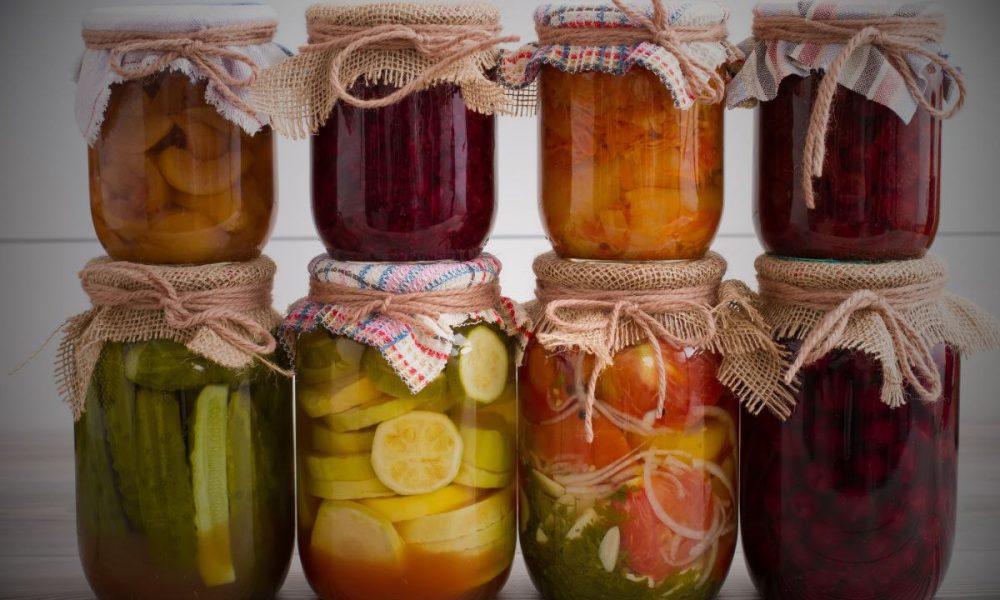
I had a dream, that one day little seeds will germinate as we procreate, this dream led the Bolar clan to pack up and leave Los Angeles where I was born and raised and take a leap of faith to move to middle America. We relocated to the rural part of a town of 8000 in Missouri. The laws are as based as they come in Babylon, the land is cheap and available, and only a victim mentality would be frightened by the stereotypes that the coasts and the cities of Babylon have to say about the area we decided to settle.
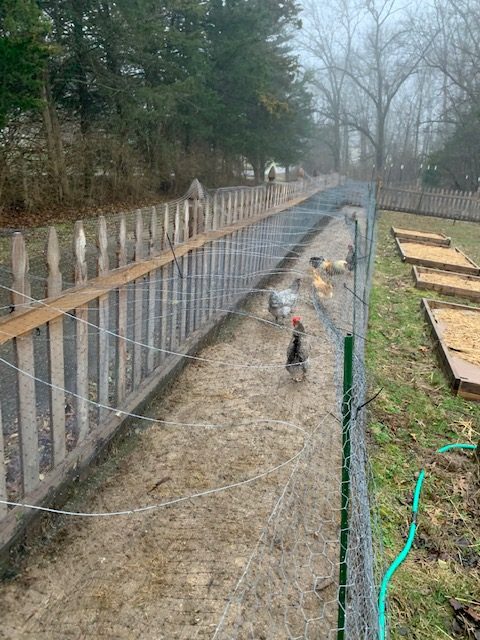
My wife and daughters had done some very small-scale gardening in our backyard that was mostly about fun for the kids and a cucumber or two to actually eat in about 2 sq. ft. I’m not good with following the advice I would give to all of you; start small, be realistic, and have fun with it. No one is having more fun than the bears, whether crushing in the culture war, in the development of our faith, or with our hands in the dirt. We did have fun but going BIG or going home is how I’ve always rolled so we went from 2 sq. ft to about 150 sq. ft, raised beds, a chicken area, coop, and chicken run around the garden for free ranging and bug protection. Mind you I work in Babylon and have no building skills or experience in gardening. We dove into the deep end and came out on the other side of our 1st growing season with as much success as lessons learned.
We were successful in growing about 2/3rd of our crops but only successful in putting one third to good use. I have enough pickles to share with every bear across this realm but Brusselsprouts, corn, and a few other stables in the household were stillcoming from the grocery store.
Be thoughtful in what you plant; do you like it, will you eat it, how will you store it, when will it be ready for harvest, will it all be ready at once or spread out, and about 33 other things we should have figured out first.
Gardening is easy and complex at the same time and there are master gardeners amongst the bears that will be the 1st ones to tell you there is still a lifetime of learning in front of them. That’s part of the fun; as bears we are meant to crush, and crushing takes effort and challenging yourself to grow; pun intended. Growing your own food is not just fun and great for your family’s physical health but for your mental and family health as well. Sitting around watching a family movie can be fun, but watching your kids be a part of what your building for them and their future is priceless. Turn in their iPad and iPhones for some soil and seeds. Endless family bonding and growth will not only make your insides healthy but the health of your family as well.
It’s not all fresh carrots out of the ground and based moments in Beartaria, there is struggle. As each seed needs adversity to grow, the more it struggles the stronger it becomes. Think about what challenges you have. Not just bugs, dry spells, or flooding but are you and your wife on the same page, your kids, are you being realistic with yourself? Just as many lessons in this arena as when battling the squash bug without roundups “help”. Babylon is a heck of a drug and just because you have dreams and new ideas for your future, doesn’t mean you can or will want to leave it all behind.
Being realistic is the best place to start.
It may not be too hard to take a week off and get your garden or other aspects of your homestead up and running. Have you thought about who is going to and how you are going to water, keep out pests, weed to stay away from Babylonian poisons? If you’re going even further who will feed these chickens and milk the goats and keep it all up and running daily. The Homesteads that fail have big dreams that don’t match their reality or reality of your Babylonian magic square standing.
Its great watching the Smiths Crush it, but that’s a lot of hard work and going from zero to Ursa Manor overnight isn’t in most people’s reality.

It wasn’t in Owens reality, one fence post at time, one garden bed, one goat, it was a process and if you’re like me the process can be overlooked. In hindsight that is the point, the process. The journey is the point that will lead to your destination and if you lead with logos in your heart and in your intention you may not get to where you planned but you’ll get to where your supposed to be.
This is not intended for the green thumb bears; this is intended for the droves of bears inspired by the crushing of our tent post and fellow bears. Crushing isn’t always easy, but someone’s got to do it. Approach this with love, not fear of supply chains failing. If you’re going full homestead start with chickens, they are easy, and you don’t know what real eggs taste like until they’ve come from the backyard. We’ve all spiraled and gotten caught up in some nonsense Babylon is currently perpetuating, so don’t be so hard on yourself. But approaching anything including your 1st or 33rd growing season is so much better and sustainable when its about a lifestyle and not a toilet paper shortage.

Keep Crushing Bears, this is just the beginning…
Bolar Bear
